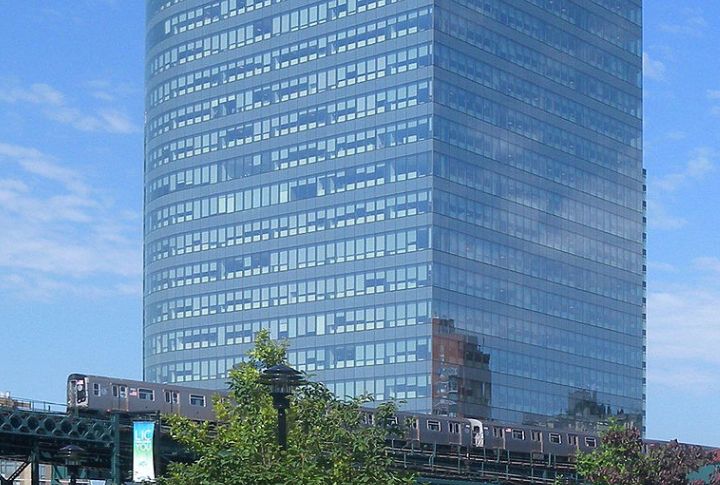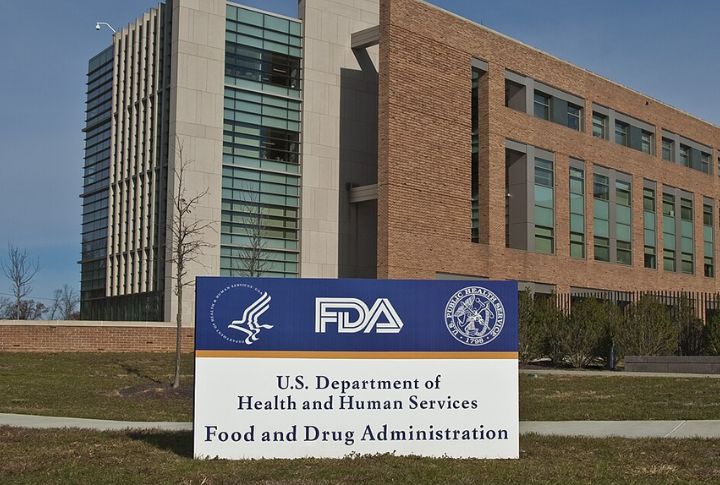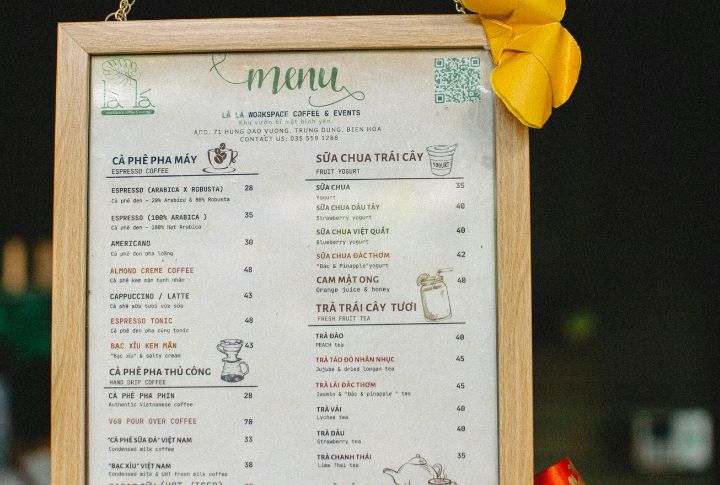
New York City has never been shy about rewriting public health rules, and it’s doing it again, this time with sugar. A tiny pyramid symbol is changing how menus communicate what’s really in your food. Keep reading to discover how this bold new policy is reshaping the way Americans see sweetness on their plates.
Origin Of The Pyramid Symbol Policy In NYC

Building on its bold 2008 calorie labeling rule, New York City took another national lead in October 2025 with its pyramid symbol policy for added sugars. Through the Department of Health and Mental Hygiene, NYC became the first U.S. city to require chain restaurants to display high-sugar warning icons.
Threshold Criteria: 50 Grams Of Added Sugar

That little pyramid is your quick sugar alert, which highlights menu items loaded with extra added sweetness. Think of it as a caution sign for your taste buds to flag foods with sugar levels rivaling a 16-ounce soda, all through one simple visual cue.
Visual Design And Placement Of The Symbol

Since most diners can’t spot sugar overload at a glance, the pyramid symbol steps in as a smart visual guide. Featuring a spoonful-of-sugar design, it sits right beside qualifying menu items to join global labeling symbols to make healthier choices easier and faster.
FDA’s Recommended Sugar Intake Vs. Pyramid Threshold

Here’s the catch—the pyramid appears on items with 50 grams of added sugar, matching the FDA’s entire daily limit for a 2,000-calorie diet. Many desserts and drinks blow past that in one go, which reminds us that these limits exist: to protect against health issues.
Impact On Menu Transparency For Consumers

Menu transparency gives consumers real control over what they eat by clearly showing nutritional details. With visible sugar warnings and straightforward labeling, diners can instantly gauge how a dish fits their health goals. This openness builds trust and encourages mindful eating.
Role Of Chain Restaurants In Compliance

For chains with fifteen or more locations, NYC’s labeling laws are crystal clear—display the pyramid or face a fine. After an initial education period, non-compliance can cost $200 per violation. The move keeps consumer awareness firmly on the city’s menu.
Public Health Motivation Behind The Label

With this move, NYC continues its mission to empower healthier decisions. The pyramid icon joins the familiar salt-shaker warning to help raise public health awareness. Once again, the city proves it’s leading the nation in nutrition-focused innovation.
Differences Between Natural And Added Sugars

Not all sugars are created equal, and that’s where the pyramid symbol draws the line. It calls out added sugars, those mixed in during processing, while leaving natural sugars from fruits and milk untouched. Knowing this difference helps consumers read nutrition labels with clarity and confidence.
Restaurant Reformulations To Avoid The Label

For restaurants, the new sugar icon is a wake-up call to tweak recipes or take the warning. Many chains are already reformulating dishes to dodge the label. It’s a shift that’s changing how menus are built—one smarter recipe at a time.
Educational Campaigns Supporting The Symbol Rollout

Behind the scenes, NYC Health is teaming up with advocates and officials to help diners understand the new rule. Through citywide education campaigns, they’re spreading awareness about menu labels, which makes it easier for everyone to sidestep high-sugar choices before they order.

